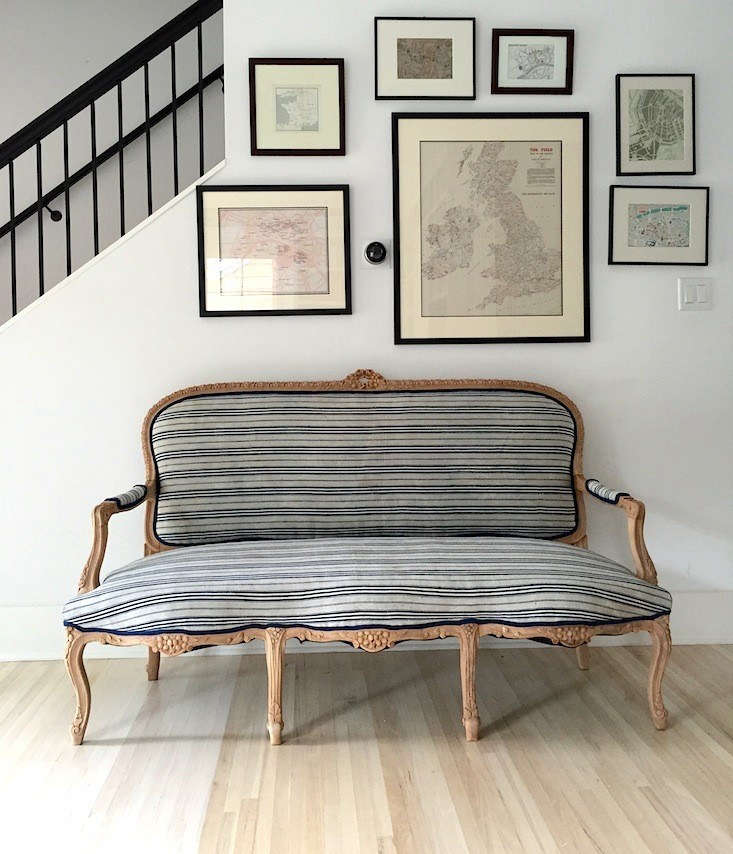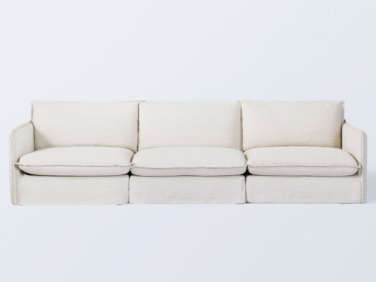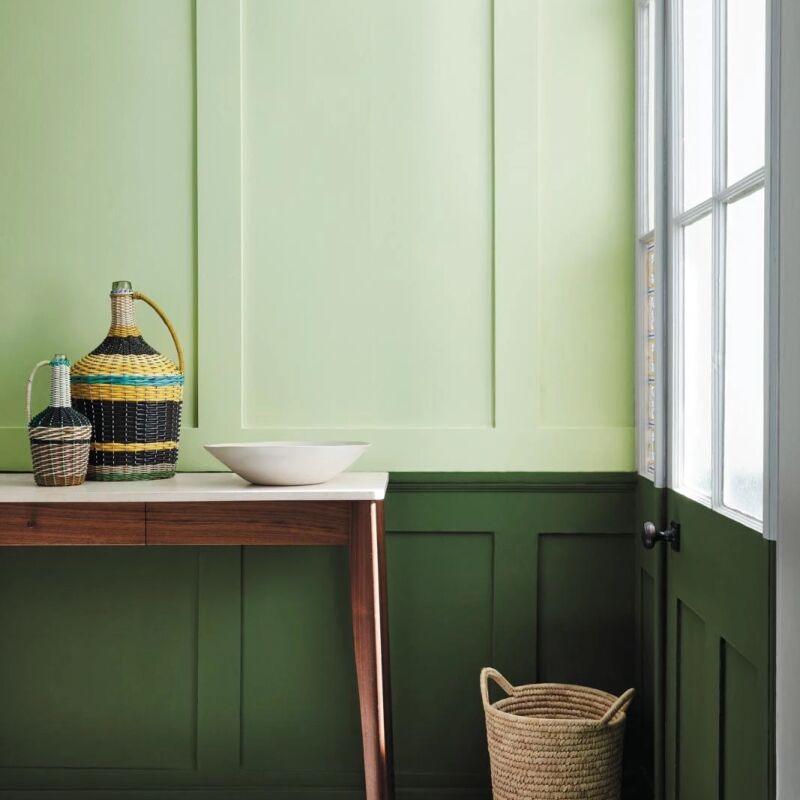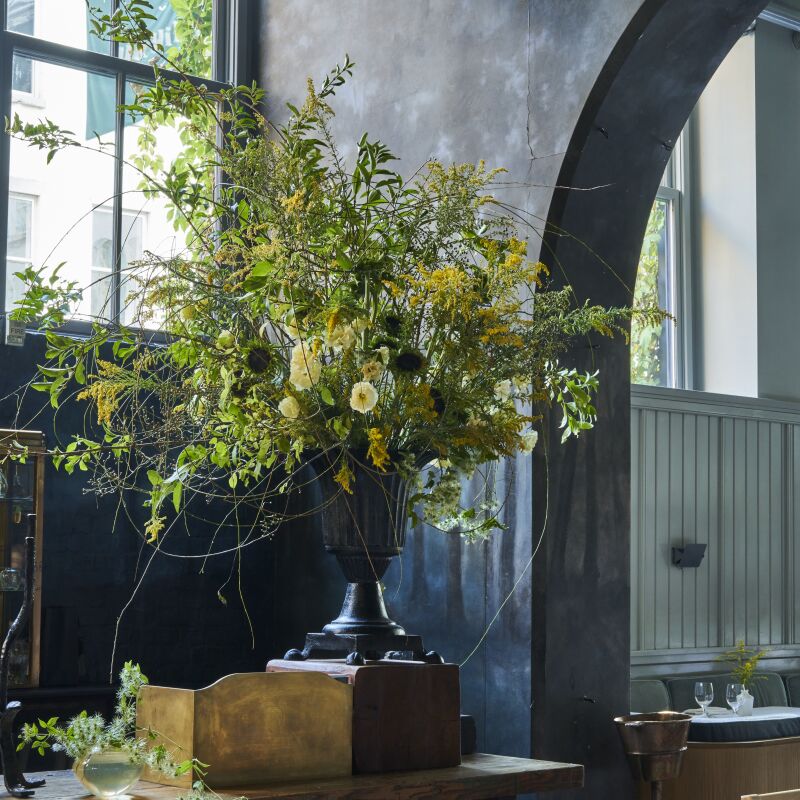The other day Julie sent me some reading material: the cautionary tale of a popular West Elm sofa that’s notorious for sagging, losing its buttons, and, on occasion, collapsing in the middle of parties. (It has since been taken off the market.) This did nothing for my fear of couch commitment. For years I’ve avoided buying a couch—even though I’d love to have someplace to read and work besides my bed. I’m afraid of shelling out $2,000 (plus delivery), only to have the couch look like a saggier version of itself when it arrives, or fall apart the first time I move. Not to mention the logistics of getting it back out if I don’t like it.
Buying furniture is a bit of a gamble: With big-box retailers mass-producing furniture and disruptors coming onto the scene, it’s hard to know what kind of quality you’re getting for your money (and, we’ve learned, more expensive doesn’t necessarily mean better). Couches in particular are a problem. Ask anyone who’s bought one: It’s a big investment—and for some it’s the first big purchase they make when they graduate from hand-me-downs or move into a new place.
All of this made us wonder: How can you tell if a couch will last before you buy it? What are the most durable materials to look for? And what red flags should make you put away your wallet and move onto the next? To help guide us, we asked London-based designer Rita Konig, who has sourced a few couches in her day, for her rules of thumb. Consult this cheat sheet for making a good—comfortable, lasting—investment.

First: What kind of frame is the most sturdy?
Rita Konig: “You can find that sometimes, underneath the upholstery, some manufacturers use chipboard frames, which aren’t so strong or sturdy. Make sure your frame is 100 percent hardwood.”
(And, we’ll note: Even better is “kiln-dried” hardwood. Avoid metal and soft woods. Also consider the joints: It may sound obvious, but avoid any couches held together solely with nails, staples, or glue. Wooden dowels, metal screws or brackets, or “corner blocks”—bolstered by extra glue and nails—are much sturdier options.)

How do I pick a filling that will last?
RK: “The really soft, squidgy sofas usually have 100 percent down-filled cushions. This is considered to be the most luxurious option but the cushions do require a lot of plumping. It’s more common to be offered 60/40 feather and down. In terms of avoiding, I’d stay away from foam or foam cores.”
(Consider also the supports beneath the cushions: Hand-tied springs or sinuous springs are best, but think twice if you see the words “web suspension.”)

Which upholstery fabrics are the most durable—and will stand up to stains, dogs, and kids?
RK: “Mohair is wonderful for upholstery—it’s expensive but so unbelievably durable. Pattern is also very forgiving. My sofa at home is upholstered in Ziggurat by China Seas and that still looks fantastic after many years.”
(We’re also fans of natural but tough fabrics like cotton, wool, and leather. Keep in mind that the higher the thread count, the tighter the weave, and the better it will wear.)

What are some tips for success when buying a couch online?
RK: “I would recommend trying the sofa out in person before buying if you can. I’ve sent members of my team to all sorts of places just to sit their bottoms down on antique chairs and sofas to test comfort levels. If you are buying a new sofa online, which to be honest is by far the easiest option these days, then just check the returns policy first.”
When you get to the store, conduct these simple tests: To test the strength of the frame, lift one corner of the sofa off the ground (the nearest corner should lift along with it). Then, perch on one edge and listen for creaking noises (this indicates the springs are poorly installed). Lastly, sit on the sofa and lean back to test the comfort and durability of the cushions, and make sure the dimensions work with your body.

What about flat-pack sofas: Are there any pitfalls to watch out for?
RK: “The sofa is one of the most heavily used items in the whole home, so it needs to be strong and solid. I’m not convinced that something I’d put together myself would withstand the rigors of daily life.”
(If it’s a long-term commitment you’re going for, perhaps best to forgo designs that come apart. But, if you’re curious, check out Furniture Disruptors: 5 Fast-and-Easy Flatpack Sofas.)


What should buyers know about the cost of a good-quality sofa?
RK: “I think the sofa is one of the biggest furniture commitments that you make. Even cheap sofas cost a lot of money so it’s worth spending a bit more and going for quality. That way it should be with you for many years to come.”

What’s a good first sofa to invest in?
RK: “I love the idea of hand-me-down sofas; that the original sofa was such a good investment that it can be passed on down the generations. If your own family can’t provide such an obliging item then it’s worth looking at auctions for antique sofas. They may need recovering or reupholstering but that doesn’t need to be done straight away. You can spread the cost this way.”
More on durability (and durable couches):
- Expert Advice: 9 Hard-Wearing Natural Material Recommendations from a Hotelier
- 10 Easy Pieces: ‘First Sofas’ Under $3,000
- Sofas: How Low Can You Go?





Have a Question or Comment About This Post?
Join the conversation (6)